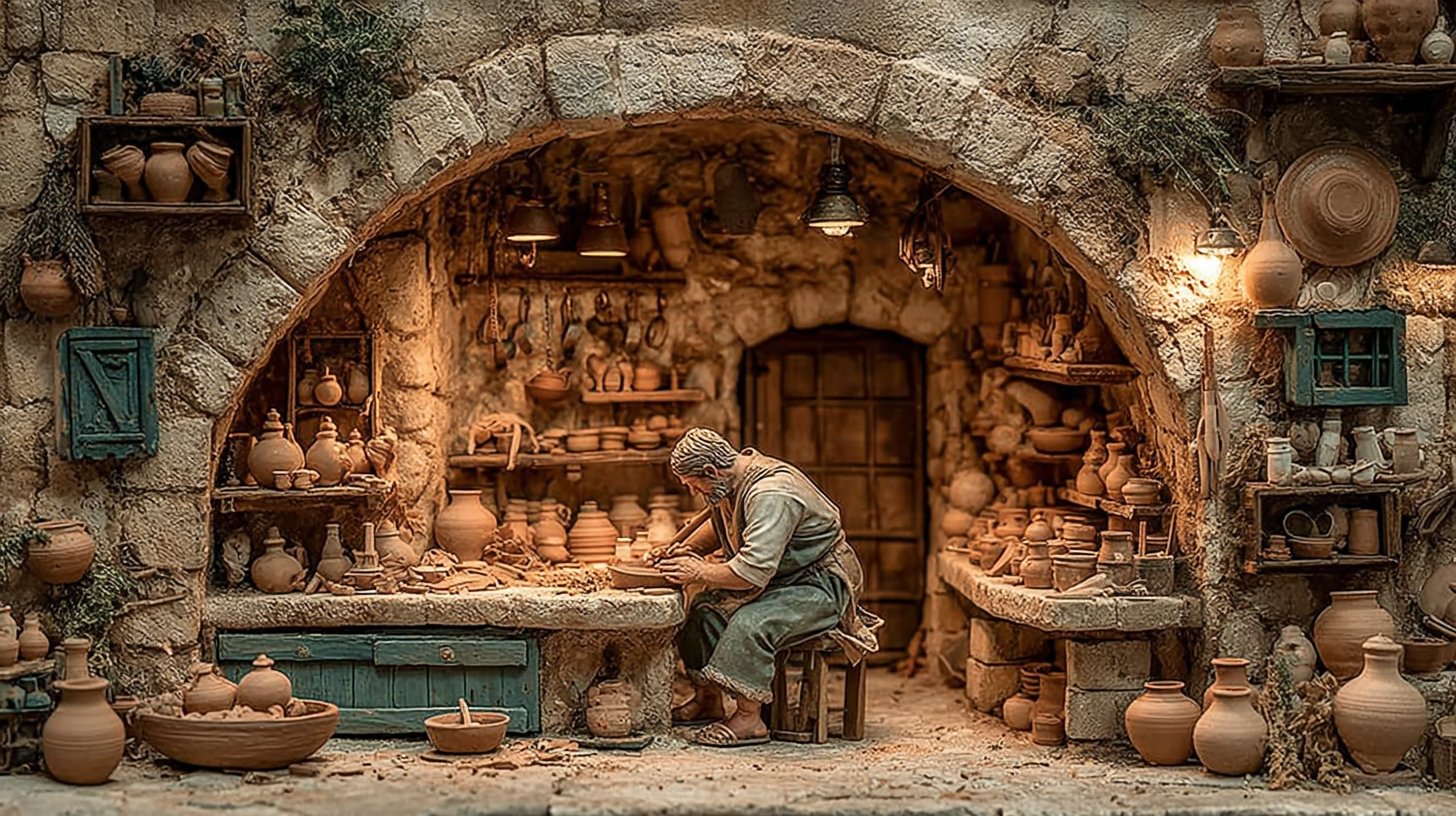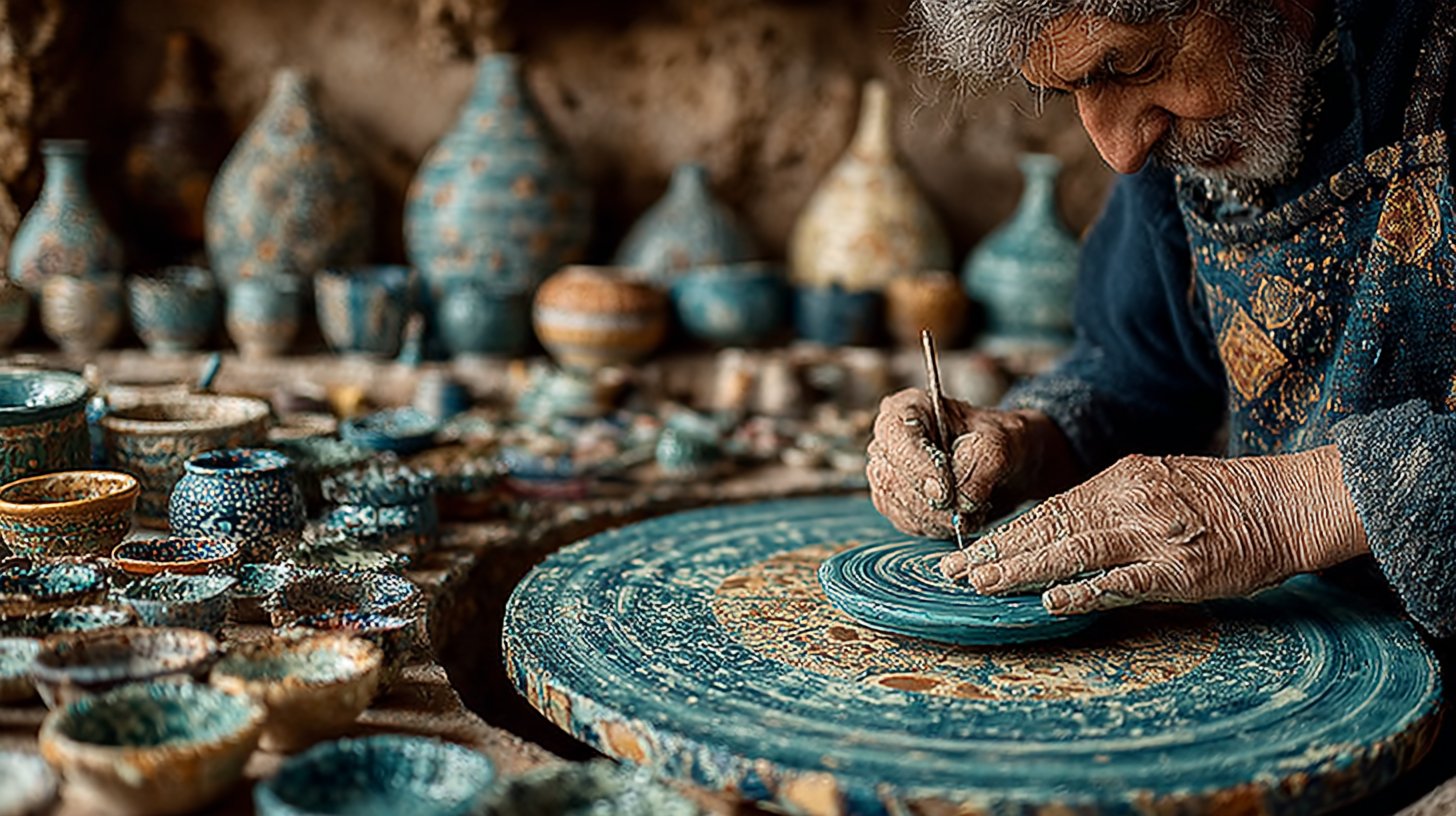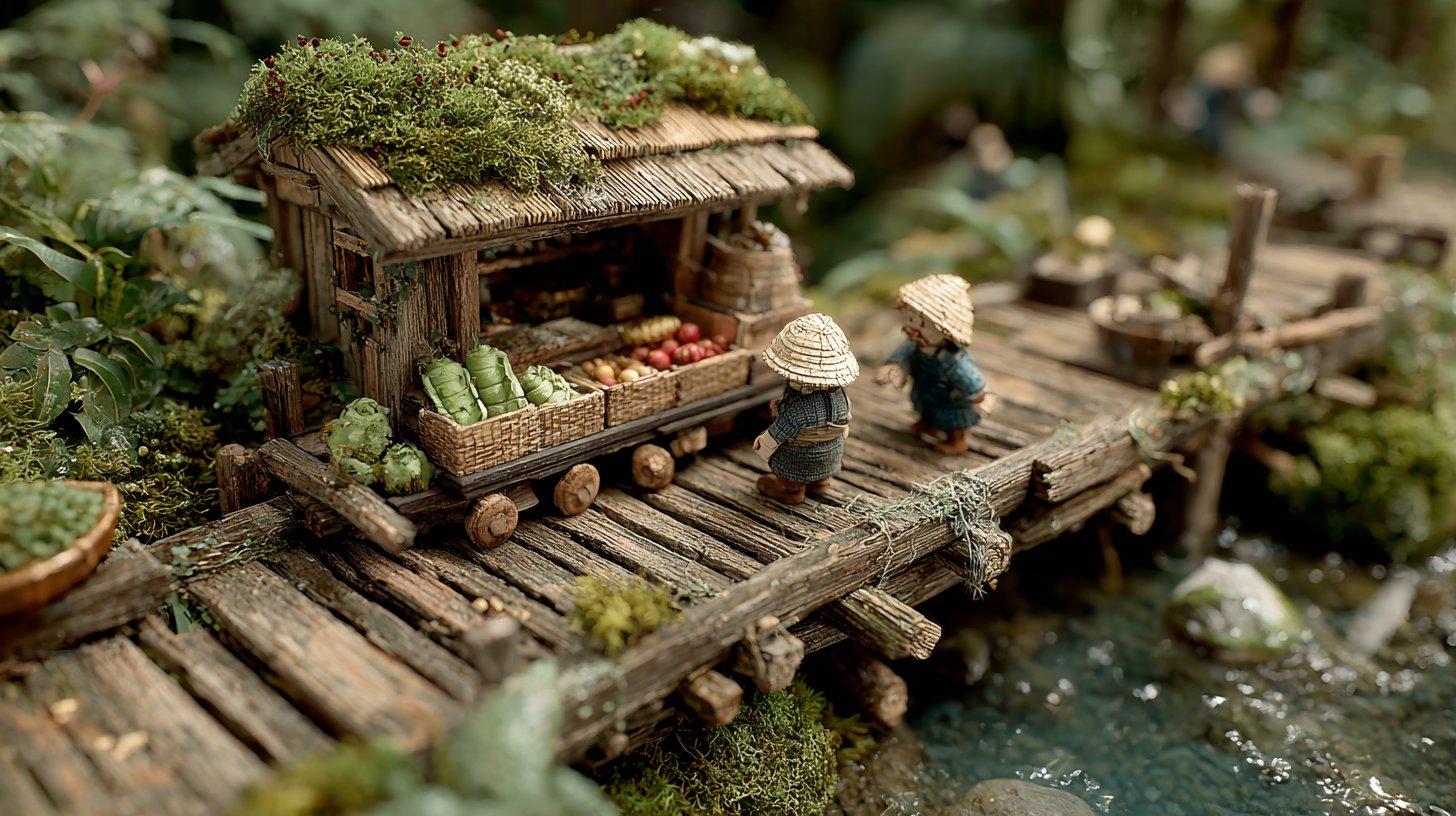Why Craftsmanship is in Demand Again

In a world that is becoming faster and more technical, many of us are discovering the true beauty and value of handcrafted products. Sustainability, individuality, and origin are the key terms at the center of this renaissance of traditional trade. More and more people are looking for unique treasures that can be seen not just as products but also as stories.
The return to handmade products is in the air. Whether in fashion, furniture, or food – people are increasingly reaching for products that are not mass-produced but created with much love for detail. This development is not only a signal of trends, but also a reflection of our desire for real connections and authentic experiences. We live in a time where sustainability and environmental awareness are not just buzzwords, but have a growing impact on our purchasing decisions.
Appreciation of Craftsmanship
Craftsmanship is often viewed as something anachronistic, a relic of the past. However, this perspective is too limited. In a world of mass production and fast-paced living, more and more people are recognizing the value of craftsmanship. Once you see the love and work that goes into a handmade product, you view the object with different eyes. A handcrafted piece tells stories of tradition, skill, and the dedication of the maker.

Moreover, the experience of buying handcrafted products is often very different. You meet the people who created the product and often experience a personal connection that would never be possible in an anonymous department store. Each piece has its story, and by purchasing, you support not just a product but also a family or an individual craft business. You actively contribute to the preservation of traditions and professions that might otherwise be forgotten.
Sustainability and Environmental Awareness
Another aspect driving the renaissance of traditional trade is the growing awareness of environmental protection. People are increasingly concerned about the impacts of mass production on our planet. Handcrafted products are often made from sustainable materials and produced in small quantities, generating less waste and minimizing the ecological footprint. Many craftsmen use local materials, which not only conserves the environment but also supports the regional economy.

By purchasing handcrafted products, you actively contribute to reducing transportation distances and maintaining local businesses. The feeling of making a big difference with a small purchase gives consumption a new meaning. It is not just a transaction but a step towards a more mindful way of life. Furthermore, many craftsmen who advocate for sustainable practices inspire others to live more environmentally friendly as well.
Individuality and Uniqueness
In a world where many products are interchangeable, the pursuit of uniqueness and individuality has reached a new height in recent years. Handcrafted products offer exactly that: They are often one-of-a-kind, designed with a high degree of creativity and personal touch. You can be sure that when you choose a handmade product, it not only belongs to someone, but also reflects a part of you. This individuality is increasingly appreciated as fewer and fewer people are willing to settle for the ordinary.

Additionally, many artisan manufacturers allow you to incorporate your own ideas and wishes into the product, so you receive a piece that is truly unique. The joy of owning something one-of-a-kind is incomparable. These unique products often serve as conversation starters, helping to forge connections and share stories.
In summary, the renaissance of traditional trade is a remarkable development characterized by a need for sustainability, individuality, and appreciation for craftsmanship. The trend is shifting away from mass production towards products that tell stories and respect the environment. By choosing handmade products, you not only contribute to the preservation of traditions but also ensure that our consumption habits positively impact the world. Let us continue to celebrate the beauty of craftsmanship and honor the stories behind it. It is time to see the extraordinary in simplicity and to revive the love for craftsmanship.


